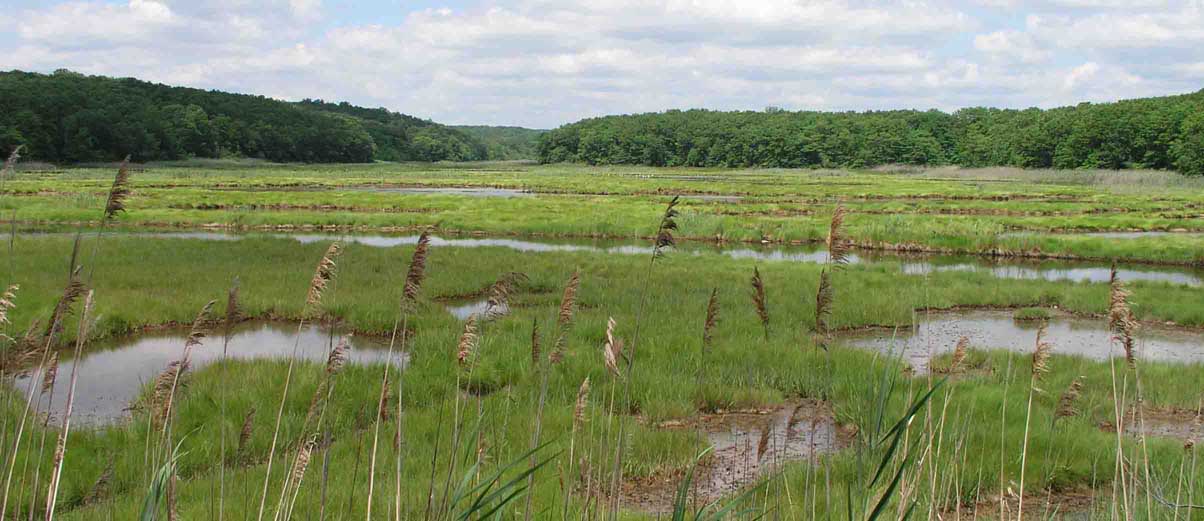For a tadpole living in a transient pond created by rainfall, the key to its survival may be how fast it can develop into a land-roaming toad before the pond disappears. A study found that tadpoles of the Eastern spadefoot toad (Pelobates syriacus) will speed up their development if they sense the water level around them decreasing.
A lot of Eastern spadefoot toad species live in permanent ponds, so their habitat is stable and provides them adequate time to mature. However, along the Black Sea coast in Dobrudja, Romania, the varied rainfall patterns create ponds that can quickly form and disappear Continue reading


